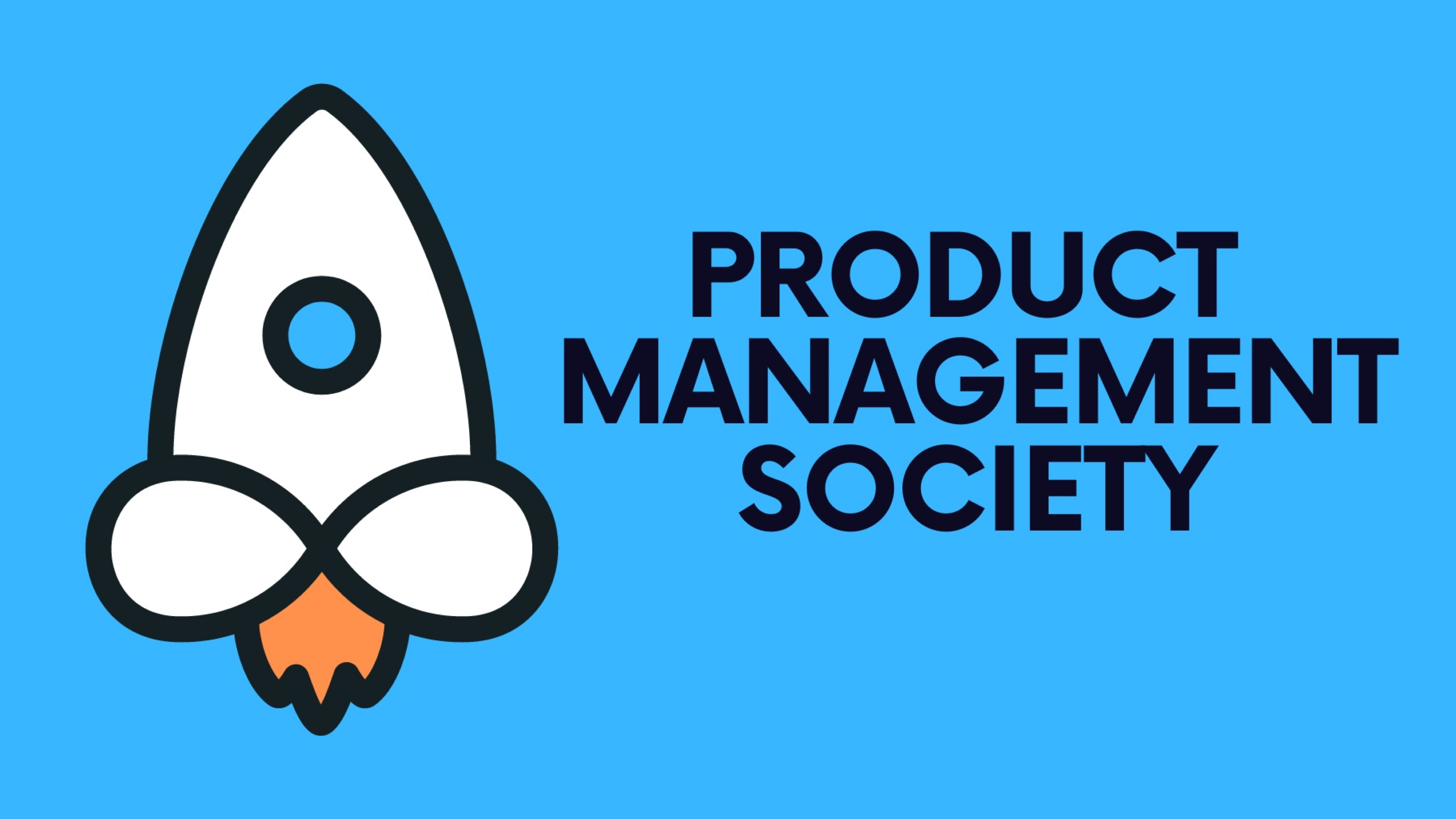This method involves comparing two versions of a product feature, webpage, or app to determine which one performs better on a specific metric, such as conversion rate, user engagement, or retention. This introductory guide will help product managers understand the fundamentals of A/B testing and how to apply it effectively in their work.
1. Understanding A/B Testing
A/B testing involves showing two variants of the same product element to different segments of users at the same time and measuring the impact on a predefined metric. The objective is to identify whether a particular change improves or worsens user interaction compared to the current design.
Thanks for reading Product Management Society! Subscribe for free to receive new weekly posts 🚀
Key Components of A/B Testing:
- Control Group: The product's current version (A).
- Treatment Group: The new version of the product that includes the proposed changes (B).
- Random Assignment: Users are randomly assigned to either the control or treatment group to eliminate bias.
- Success Metrics: Specific metrics are chosen to evaluate the performance of each version.
2. Planning an A/B Test
- Define Your Hypothesis: Start by clearly stating what you expect to learn or prove through the A/B test. For example, "Adding user reviews to the product page will increase conversions by 10%."
- Select Your Metric: Choose a metric that directly reflects the goal of your test. This could be conversion rate, click-through rate, or average session duration, depending on what aspect of user behavior you are trying to influence.
- Determine Sample Size: Ensure your test includes enough users to produce statistically significant results. Tools like Optimizely’s Sample Size Calculator can help you determine the number of participants needed.
3. Implementing A/B Tests
- Set Up Both Versions: Create the two versions of the product feature or interface that you want to test. Ensure that only one element varies between the two to isolate the effect of that specific change.
- Run the Test: Launch both versions simultaneously and collect data until you reach your required sample size. Depending on your traffic and the metric being measured, this may take anywhere from a few days to several weeks.
- Analyze the Results: Compare the performance of the control and treatment groups. Statistical significance testing can help determine whether any differences in performance are likely due to the change made or just random variation.
4. Interpreting A/B Testing Results
- Look for Statistical Significance: Use a statistical test like the t-test to check whether the two groups' differences are statistically significant. This helps ensure that the results are not due to chance.
- Consider Practical Significance: Even if results are statistically significant, consider their practical implications. A very small improvement may not be worth implementing if the costs are high.
- Learn from Every Test: Regardless of the outcome, each A/B test provides valuable insights. Even a failed test can teach you about user preferences and behavior.
5. Best Practices for A/B Testing
- Keep Tests Simple: Focus on testing one change at a time to understand its impact clearly.
- Ensure Consistency: Run the test long enough to account for variations in traffic and user behavior, such as weekdays vs. weekends.
- Document Everything: Keep detailed records of your tests, results, and decisions made. This documentation will be valuable for understanding long-term trends and informing future tests.
Conclusion
A/B testing is a crucial methodology for product managers aiming to optimize product features based on real user data. Product managers can make informed decisions that enhance user experience and improve product performance by methodically testing changes and measuring their impact. As you gain more experience with A/B testing, you'll be better equipped to refine your approach and achieve more consistent improvements.
Stay tuned for our next article, which will cover how to get started building your product management career.
If you’re finding this newsletter valuable, consider sharing it with friends, or subscribing if you aren’t already. Also, consider coming to one of our Meetups and following us on LinkedIn ✨
Thanks for reading Product Management Society! Subscribe for free to receive new weekly posts 🚀







